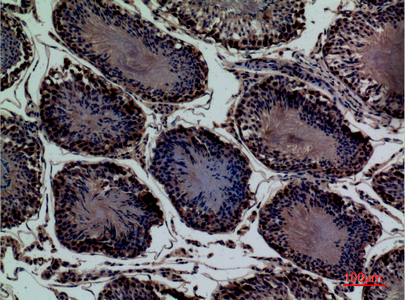CD203c Polyclonal Antibody
- 产品详情
- 实验流程
- 背景知识
Application
| WB, IHC-P |
|---|---|
| Primary Accession | O14638 |
| Reactivity | Human, Mouse, Rat |
| Host | Rabbit |
| Clonality | Polyclonal |
| Calculated MW | 100124 Da |
| Gene ID | 5169 |
|---|---|
| Other Names | ENPP3; PDNP3; Ectonucleotide pyrophosphatase/phosphodiesterase family member 3; E-NPP 3; Phosphodiesterase I beta; PD-Ibeta; Phosphodiesterase I/nucleotide pyrophosphatase 3; CD203c |
| Dilution | WB~~Western Blot: 1/500 - 1/2000. IHC-p: 1:100-300 ELISA: 1/20000. Not yet tested in other applications. IHC-P~~N/A |
| Format | Liquid in PBS containing 50% glycerol, 0.5% BSA and 0.09% (W/V) sodium azide. |
| Storage Conditions | -20℃ |
| Name | ENPP3 (HGNC:3358) |
|---|---|
| Function | Hydrolase that metabolizes extracellular nucleotides, including ATP, GTP, UTP and CTP (PubMed:29717535, PubMed:9344668). Limits mast cells and basophils response during inflammation and during the chronic phases of allergic responses by eliminating extracellular ATP, a signaling molecule activating these cells in an autocrine manner. Metabolizes extracellular ATP in the lumen of the small intestine, and thereby prevents ATP-induced apoptosis of intestinal plasmacytoid dendritic cells (By similarity). Has a broad specificity and can also hydrolyze UDP-GlcNAc into UMP and GlcNAc-1-phosphate and potentially several other intracellular nucleotide sugars, including UDP-GalNAc, CMP-NeuAc, GDP-Fuc, and UDP-GlcA. Thereby, could modulate glycan biosynthesis and protein glycosylation (By similarity). Can hydrolyze extracellular dinucleoside polyphosphates, including the vasoactive adenosine polyphosphates as well (PubMed:12846830). In addition, displays an alkaline phosphodiesterase activity in vitro (PubMed:11342463). |
| Cellular Location | Cell membrane; Single-pass type II membrane protein. Apical cell membrane; Single-pass type II membrane protein. Secreted Note=Detected at the cell surface of basophils (PubMed:11342463) Detected at the apical plasma membrane of bile duct cells (PubMed:15072822). Located to the apical surface in intestinal and kidney epithelial cells. Secreted in serum, and in lumen of epithelial cells. |
| Tissue Location | Detected on bile ducts in liver, and in blood serum (at protein level) (PubMed:15072822). Detected in prostate and uterus (PubMed:9344668). Detected on basophils, but not neutrophils (PubMed:11342463). |
For Research Use Only. Not For Use In Diagnostic Procedures.
Provided below are standard protocols that you may find useful for product applications.
BACKGROUND
Hydrolase that metabolizes extracellular nucleotides, including ATP, GTP, UTP and CTP (PubMed:29717535). Limits mast cell and basophil responses during inflammation and during the chronic phases of allergic responses by eliminating the extracellular ATP that functions as signaling molecule and activates basophils and mast cells and induces the release of inflammatory cytokines. Metabolizes extracellular ATP in the lumen of the small intestine, and thereby prevents ATP-induced apoptosis of intestinal plasmacytoid dendritic cells (By similarity). Has also alkaline phosphodiesterase activity (PubMed:11342463).
终于等到您。ABCEPTA(百远生物)抗体产品。
点击下方“我要评价 ”按钮提交您的反馈信息,您的反馈和评价是我们最宝贵的财富之一,
我们将在1-3个工作日内处理您的反馈信息。
如有疑问,联系:0512-88856768 tech-china@abcepta.com.























 癌症的基本特征包括细胞增殖、血管生成、迁移、凋亡逃避机制和细胞永生等。找到癌症发生过程中这些通路的关键标记物和对应的抗体用于检测至关重要。
癌症的基本特征包括细胞增殖、血管生成、迁移、凋亡逃避机制和细胞永生等。找到癌症发生过程中这些通路的关键标记物和对应的抗体用于检测至关重要。 为您推荐一个泛素化位点预测神器——泛素化分析工具,可以为您的蛋白的泛素化位点作出预测和评分。
为您推荐一个泛素化位点预测神器——泛素化分析工具,可以为您的蛋白的泛素化位点作出预测和评分。 细胞自噬受体图形绘图工具为你的蛋白的细胞受体结合位点作出预测和评分,识别结合到自噬通路中的蛋白是非常重要的,便于让我们理解自噬在正常生理、病理过程中的作用,如发育、细胞分化、神经退化性疾病、压力条件下、感染和癌症。
细胞自噬受体图形绘图工具为你的蛋白的细胞受体结合位点作出预测和评分,识别结合到自噬通路中的蛋白是非常重要的,便于让我们理解自噬在正常生理、病理过程中的作用,如发育、细胞分化、神经退化性疾病、压力条件下、感染和癌症。
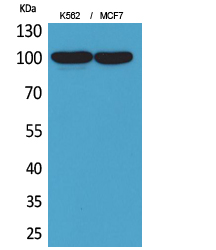
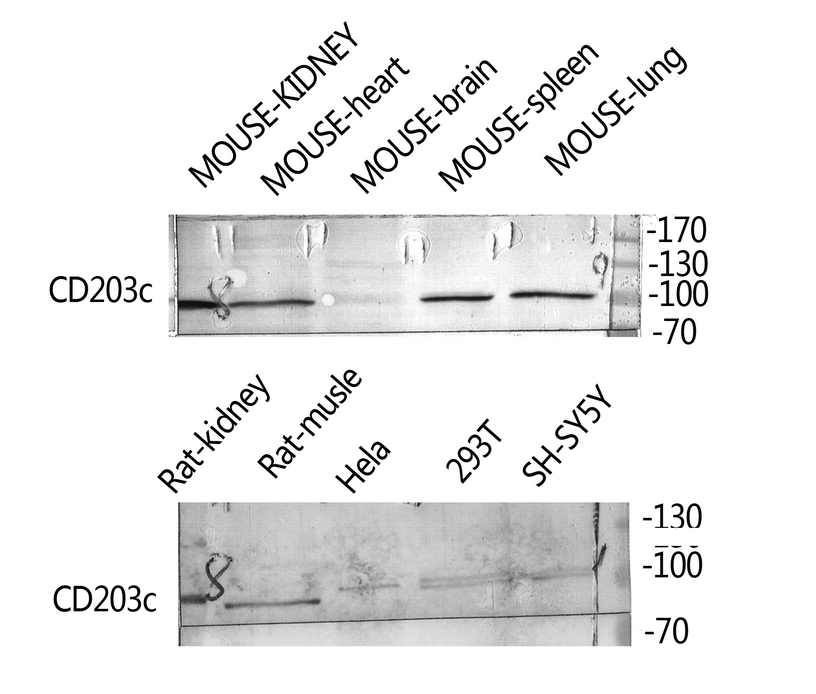
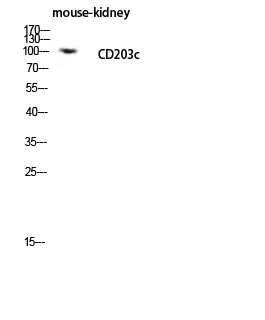
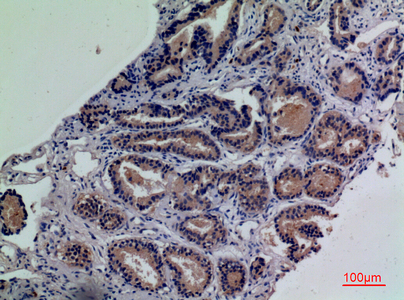
.jpg)
